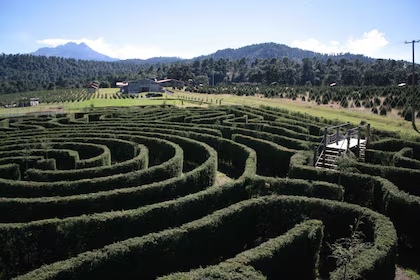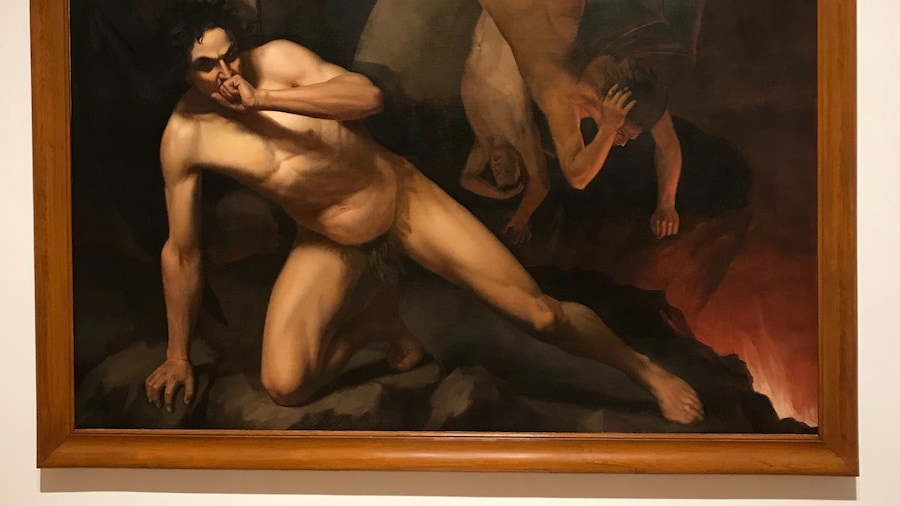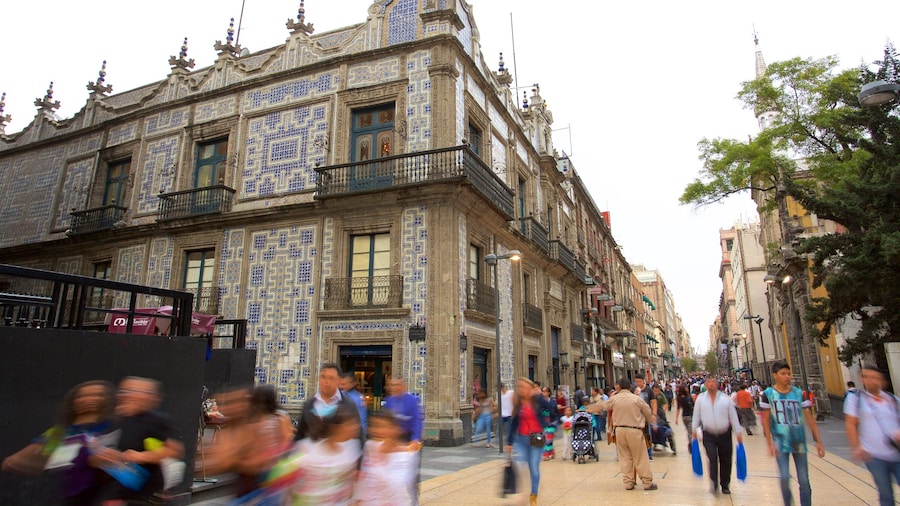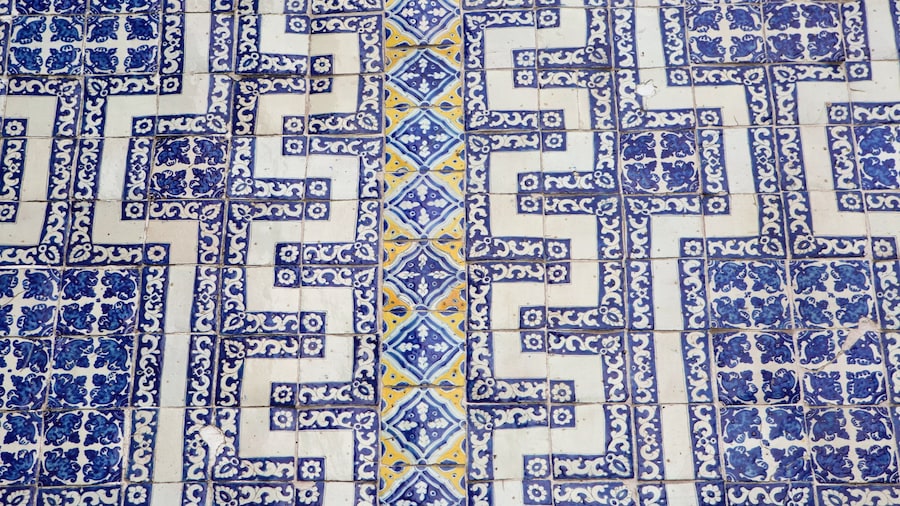For more than a century, this eclectic and beautiful building has marked the cultural center of Mexico City and met the postal needs of its residents.
If you can’t imagine a post office as a palace, you must visit Mexico City’s Palacio Postal to see the elegant architecture of this century-old building. Consider the painstaking care that dozens of artisans put into the crafting of each piece of wood, stone and metal to create an architectural gem that has served a very mundane purpose.
Construction of the Palacio Postal was begun in 1902 on the site of a former Franciscan hospital. President Porfirio Díaz selected Italian architect Adamo Boari and Mexican engineer Gonzalo Garita y Frontera to create a modern but functional structure that would meet the growing communication needs at the time of fast-changing commerce and technology, not only within the city but across the nation and the globe. See the structure that was delivered five years later, a delightful combination of functionality and eclectic architecture with elements of Gothic, Art Nouveau, Rococo, Renaissance and several other styles.
Note the façade of quarry stone from Pachuca decorated with arched windows, gargoyles, bronze lamps in the shape of dragons and a delicately crenellated roofline. A large clock stands above the main entrance. Inside find marble floors, grand curved staircases with brilliantly detailed copper and bronze railings and decorated ceilings beneath a glass roof. All is cast in golden lighting with a fresh look after a major 1996 restoration. Look for the small museum about the evolution of Mexico’s postal service.
Palacio Postal is in Mexico City’s historical center just east of Alameda Central. Use the Bellas Artes stop on the metro to reach the area or walk up Paseo de la Reforma on Sunday when auto traffic is banned. The building is open daily from midmorning to early evening and is free to enter since it is a functioning post office. Look for chamber music performances in the lobby on weekends. After you enjoy this pleasant architecture, visit other nearby attractions, such as the National Architecture Museum, Palacio de Bellas Artes and Museo Franz Mayer with centuries of decorative and design arts.
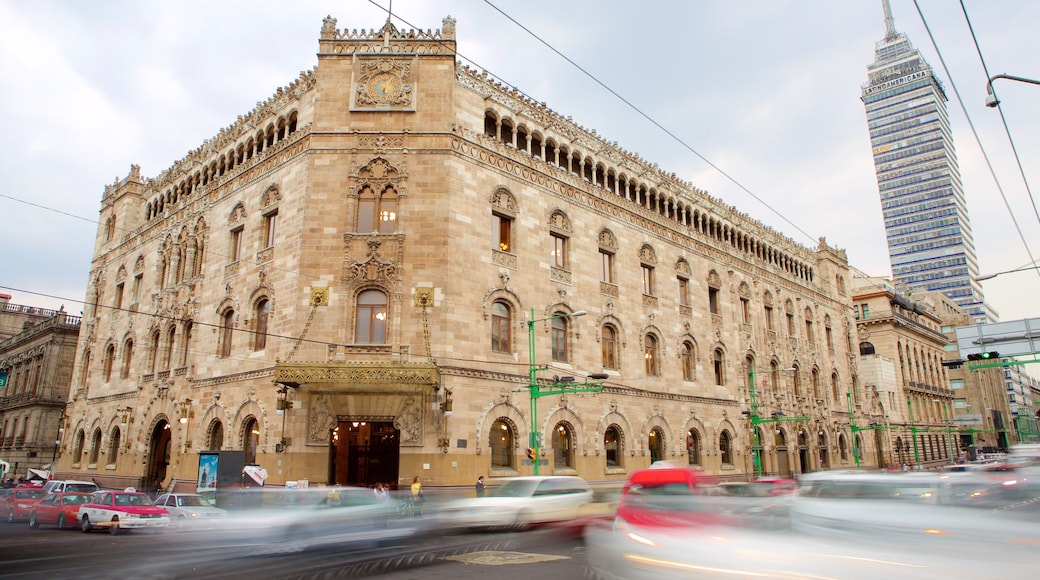
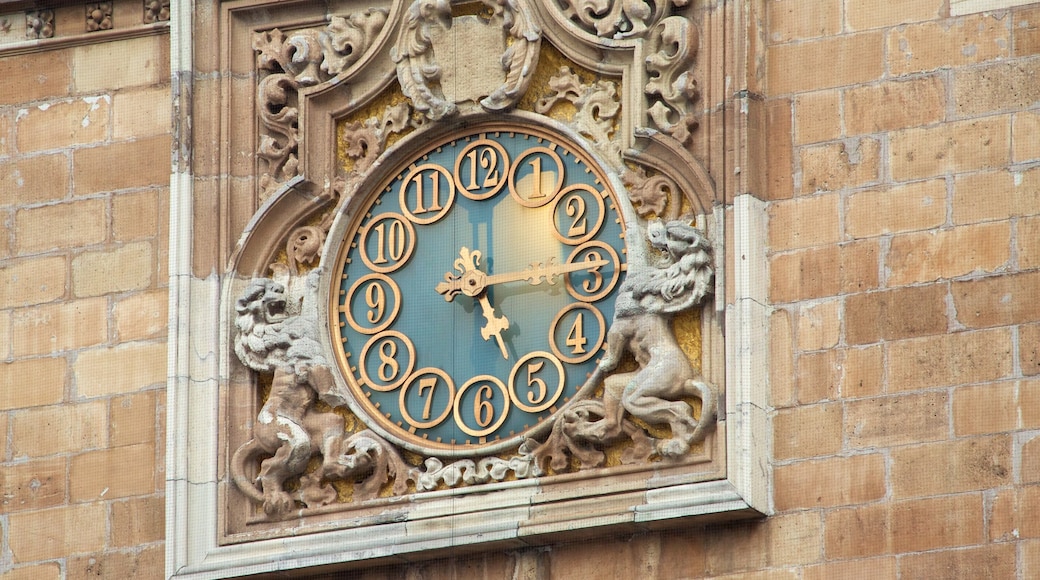
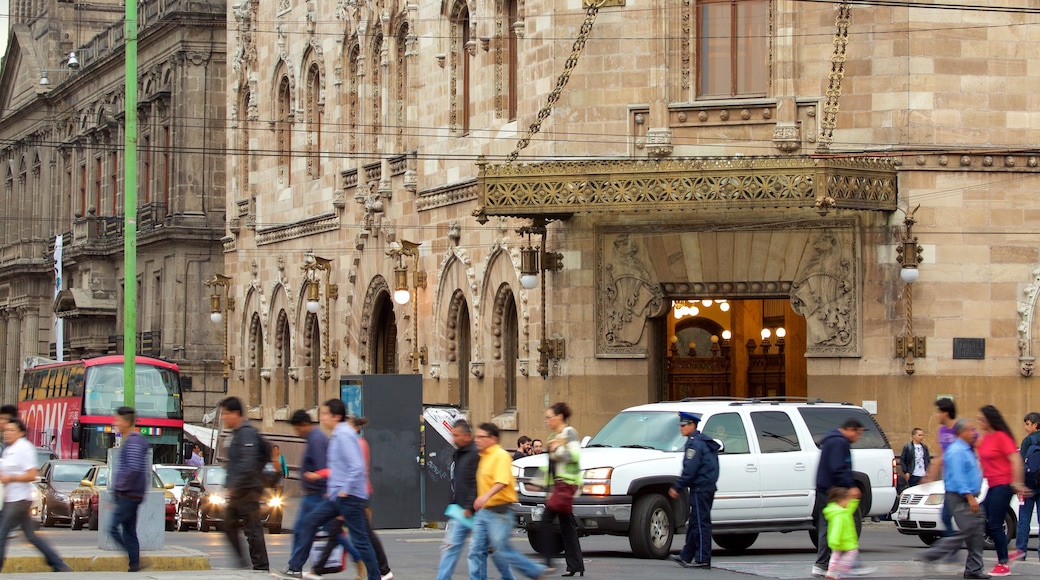
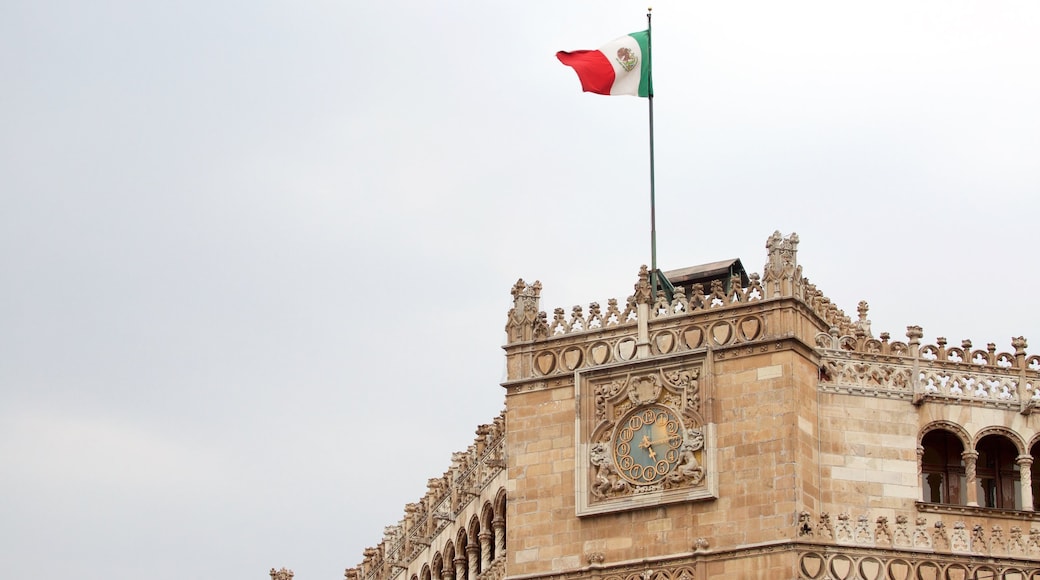
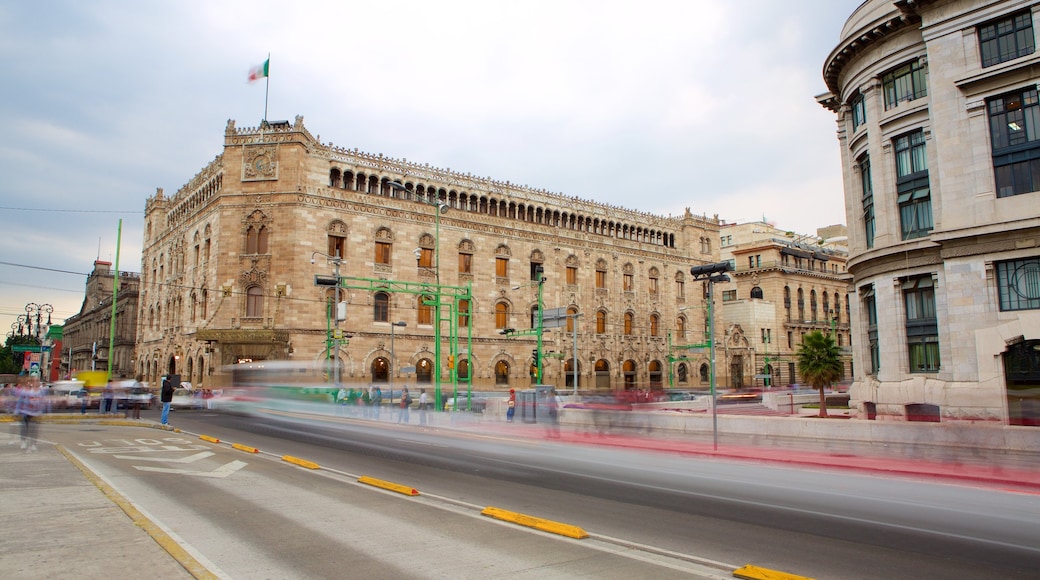

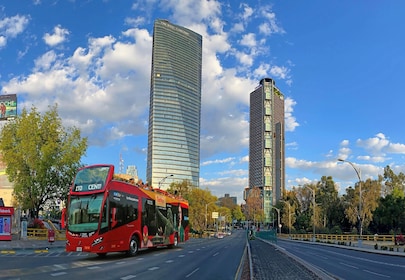
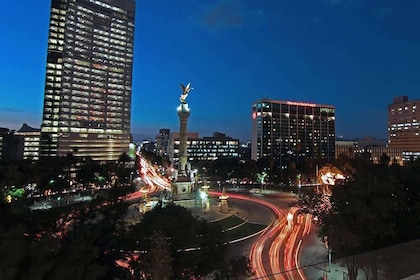



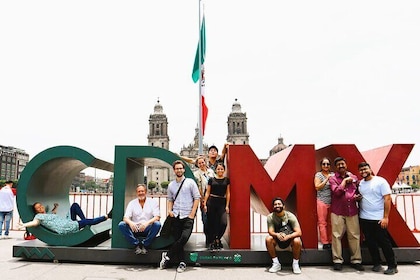

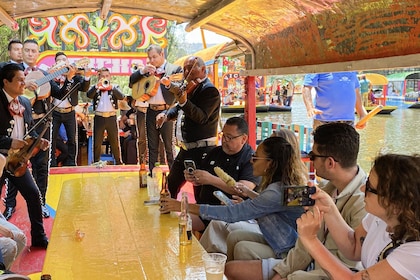



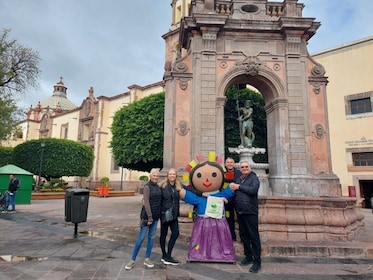
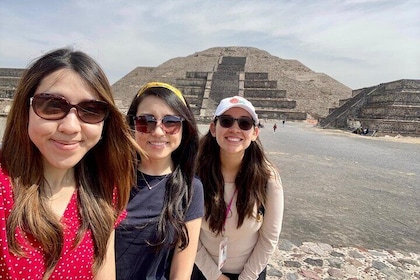



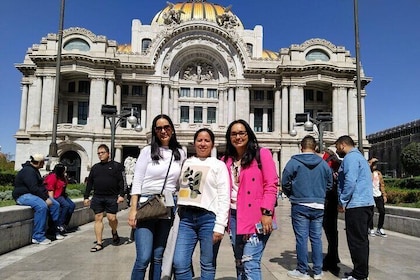






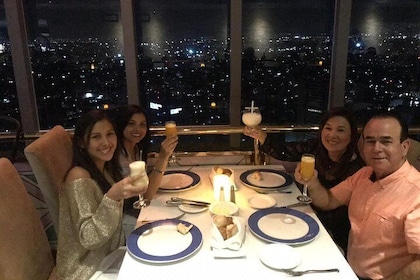


![Frida Kahlo VIP [Museum Tickets Included] Walk, Markets & Churros](https://mediaim.expedia.com/localexpert/46412059/4d1c2a37-203c-41d5-9403-6c5a28e68093.jpg?impolicy=resizecrop&rw=500&rh=280)









![Frida Kahlo VIP [Museum Tickets Included] Bike, Markets & Churros](https://mediaim.expedia.com/localexpert/46206678/8c901bf2-984d-4df4-9b1b-c5679c6669c3.jpg?impolicy=resizecrop&rw=500&rh=280)

